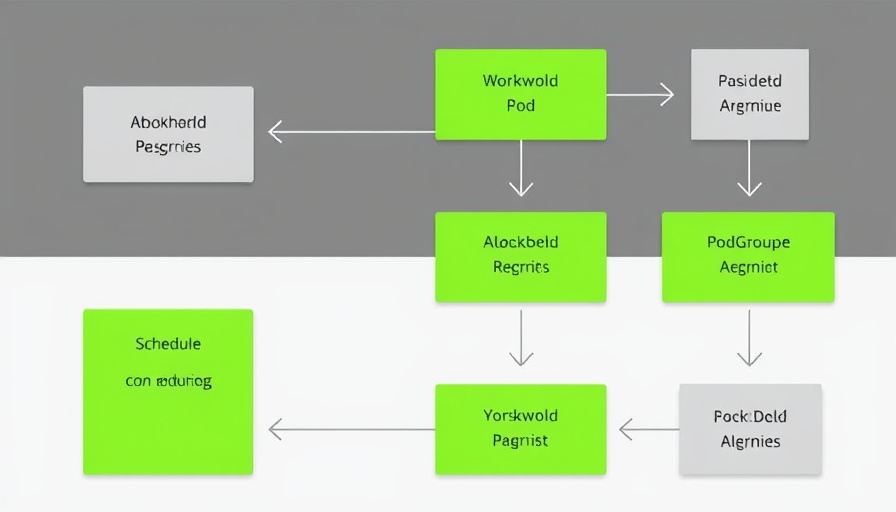
Nvidia's Bold Investment: Shaping US Electronics Manufacturing
In a significant move, Nvidia, the tech giant renowned for its powerful GPUs, announced its plans to make a massive outlay on US-made electronics. This initiative could mark a turning point not only for Nvidia but also for the entire technology landscape as the company invests heavily in local manufacturing capabilities. With rapid advancements in artificial intelligence and related fields, this decision reflects Nvidia's commitment to remaining at the forefront of innovation while promoting domestic production.
The Rationale Behind Local Manufacturing
Nvidia's shift toward US-based production comes amid several pressing economic factors. The supply chain disruptions experienced during the pandemic highlighted the vulnerabilities of global dependencies. By investing in local facilities, Nvidia aims to bolster its resilience and ensure streamlined operations. Additionally, producing components closer to home may lead to reduced shipping costs and faster delivery times, key considerations in the hyper-competitive tech industry.
Implications for the AI Ecosystem
This investment could have far-reaching implications for AI enthusiasts and professionals alike. Localized production could accelerate the development of cutting-edge technologies by ensuring that the latest components are readily available. Moreover, as Nvidia's products power numerous AI applications—from autonomous driving to advanced gaming—enhanced local manufacturing capabilities may result in more innovative tools and platforms emerging from the company.
Building a Skilled Workforce in the US
Nvidia's commitment to US manufacturing goes hand-in-hand with its goal of building a skilled workforce domestically. As demand for AI technology continues to surge, having a trained workforce ready to tackle emerging challenges becomes essential. Nvidia's new facilities could serve as hubs for educational collaborations, fostering partnerships with universities and trade schools to develop training programs focused on cutting-edge AI technologies.
Market Reactions and Future Trends
Historically, companies that invest in local production often experience shifts in market perception. Analysts are already speculating how Nvidia's move could impact its stock performance and the broader tech sector. The emphasis on US manufacturing aligns with a wider trend in the industry, where strategic investments in local capabilities are becoming key differentiators. Future predictions indicate that companies engaged in similar transitions could benefit from positive consumer sentiment and regulatory support.
Challenges Ahead for Nvidia
However, this ambitious projection is not without hurdles. Building new facilities requires significant capital investment and could face regulatory scrutiny. Furthermore, securing qualified labor in a tight job market is another potential challenge. Nvidia will need to balance its growth objectives with the practicalities of local production, including maintaining its reputation for quality in an industry where standards are constantly evolving.
Conclusion: The Road Ahead
Nvidia's strategy to pivot towards local manufacturing of electronics could usher in a new era for the company and the tech industry as a whole. For AI enthusiasts, this represents a vital shift that may enhance the innovation pipeline within the field. As this journey unfolds, it will be essential to monitor the outcomes of Nvidia's investments and the broader impacts on the entire AI ecosystem.
If you’re passionate about AI and want to stay updated on how these developments will shape the future, keep following the latest news and research in this dynamic realm. The advancements in technology will undoubtedly continue to captivate and transform our world.
 Add Row
Add Row  Add
Add 




 Add Row
Add Row  Add
Add 

Write A Comment